How to Stop Your Dog from Chewing on Furniture: Expert Tips for Effective Training
Related Articles

How to Socialize a Shy Cat with New People and Pets and What It Means
Sep 18, 2025
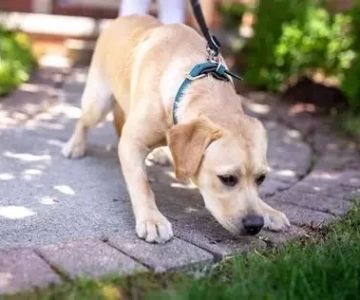
Leash Training Tips: Expert Ways to Stop Dogs from Pulling and Tugging
Sep 17, 2025
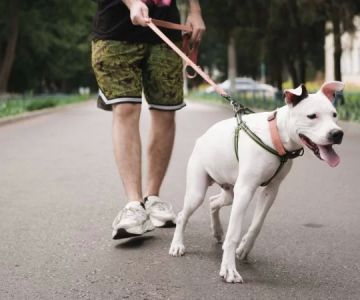
Leash Training Tips: Stop Pulling and Tugging With Natural Remedies
Sep 17, 2025

How to Handle Food Aggression in Dogs Safely Explained Simply
Sep 16, 2025

How to Teach Your Dog Basic Commands: Sit, Stay, Come That Could Save Your Pet's Life
Sep 16, 2025
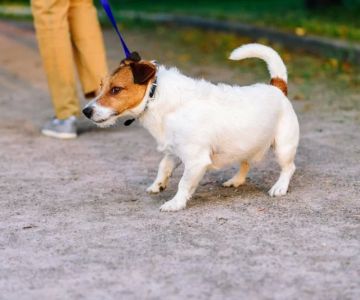
Leash Training Tips: How to Stop Pulling and Tugging - Vet Approved Insights
Sep 16, 2025
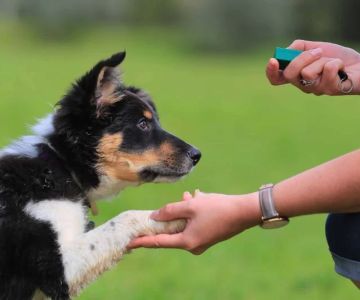
The Science Behind Clicker Training and Why It Works That Could Save Your Pet's Life
Sep 15, 2025
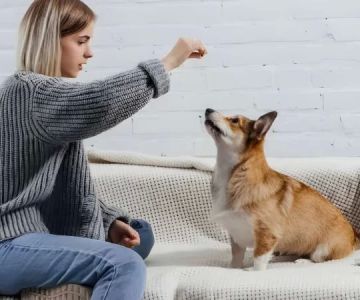
How to Teach Your Dog Basic Commands: Sit, Stay, Come in 2025
Sep 15, 2025

Dog Obedience Training at Home: Where to Start with Practical Tips
Sep 14, 2025
Subscribe to Our Newsletter
Get weekly pet care tips, vet-approved advice, and updates on nearby pet stores and clinics.
